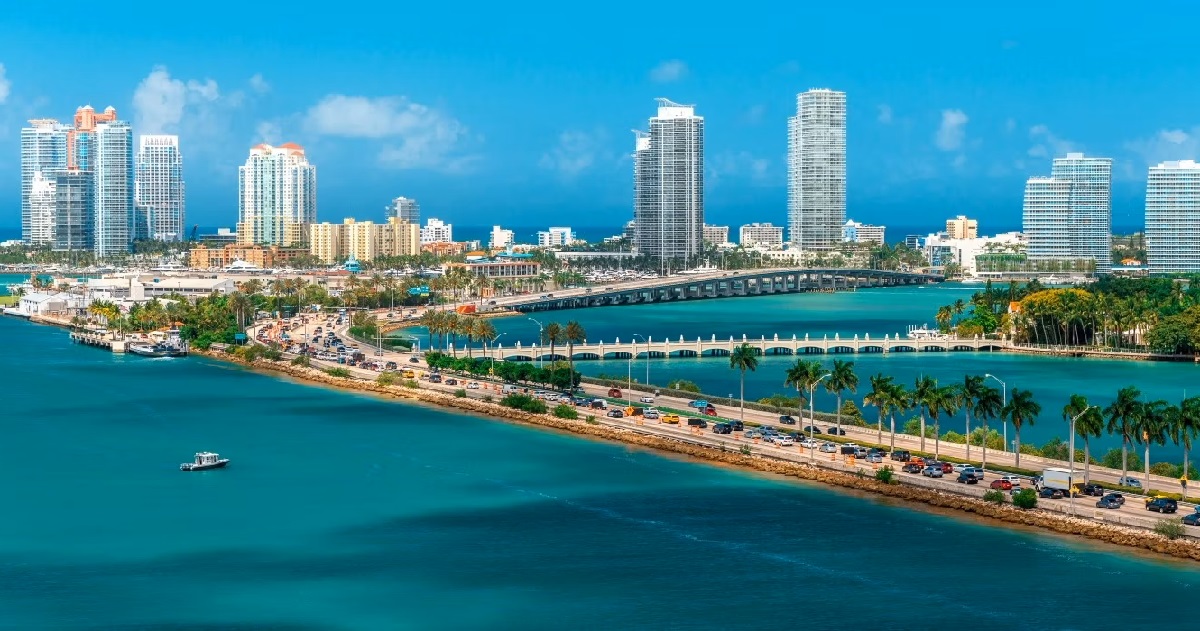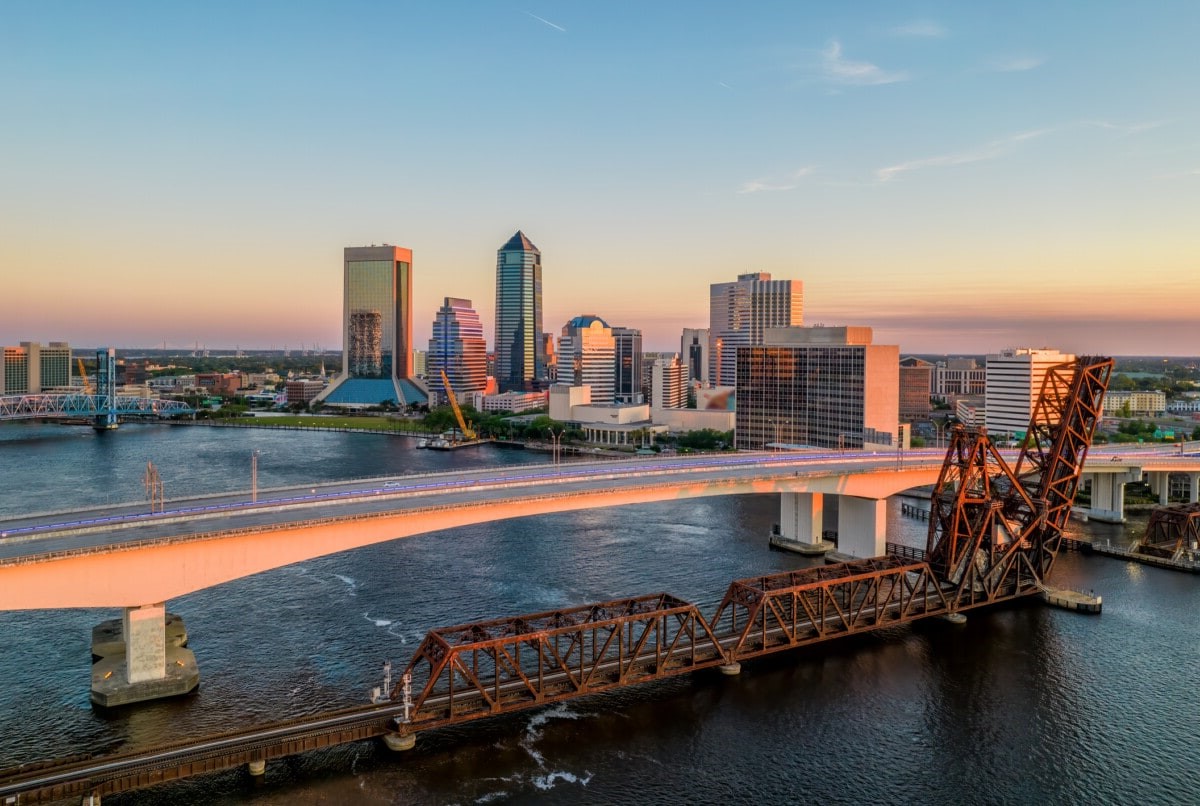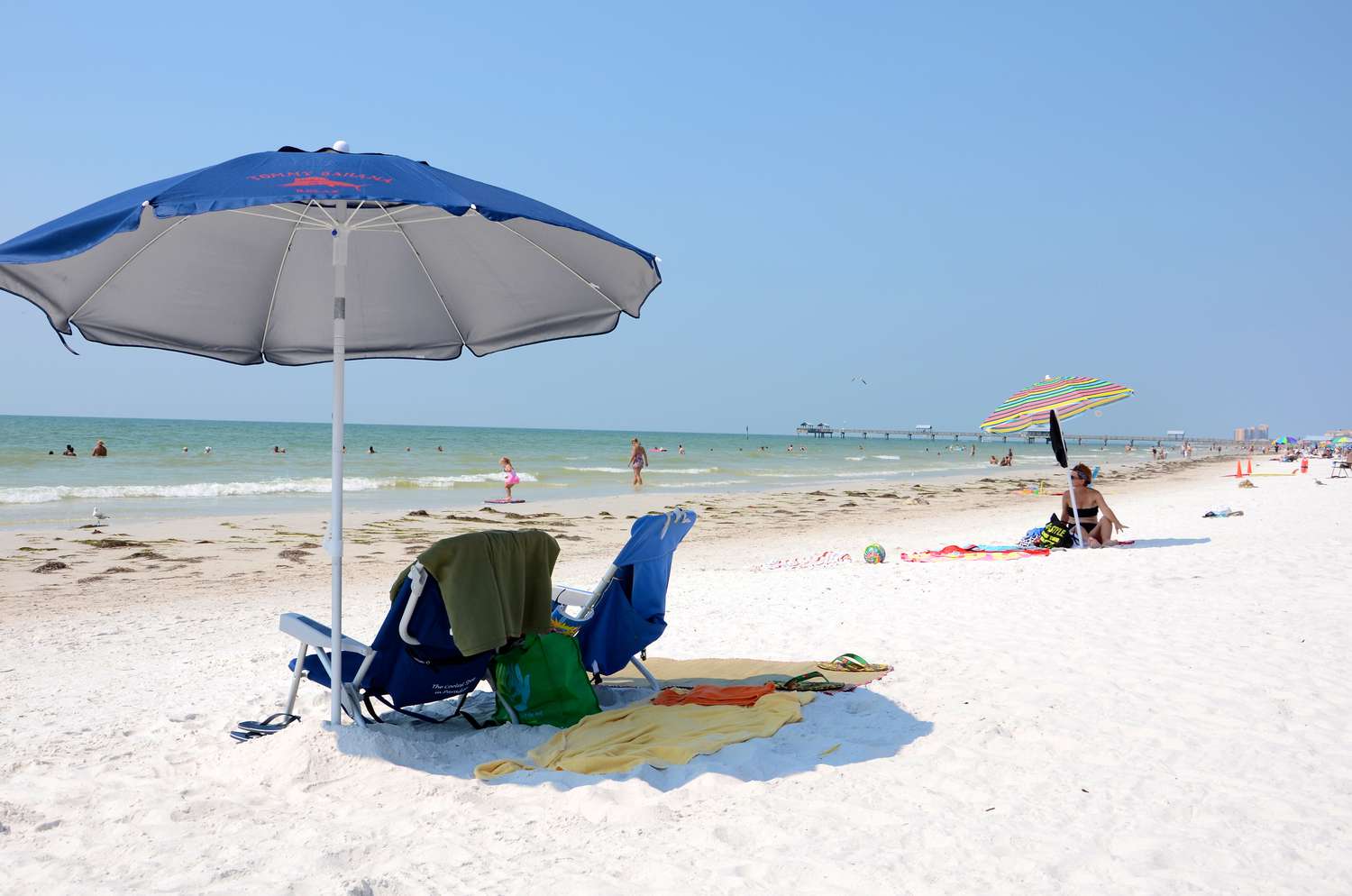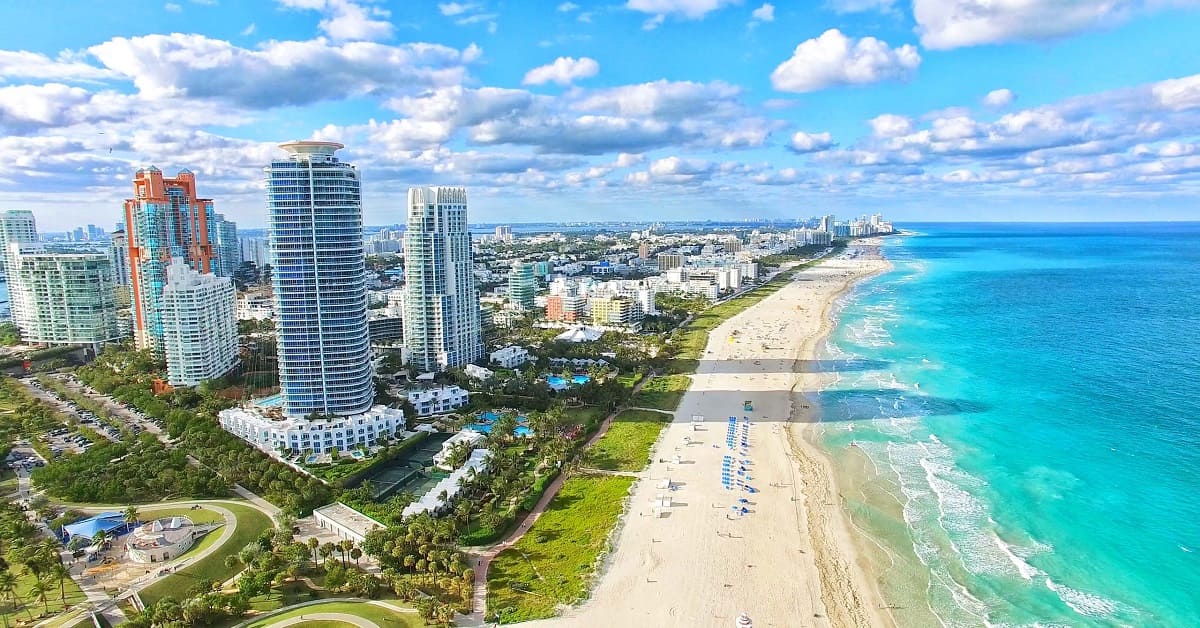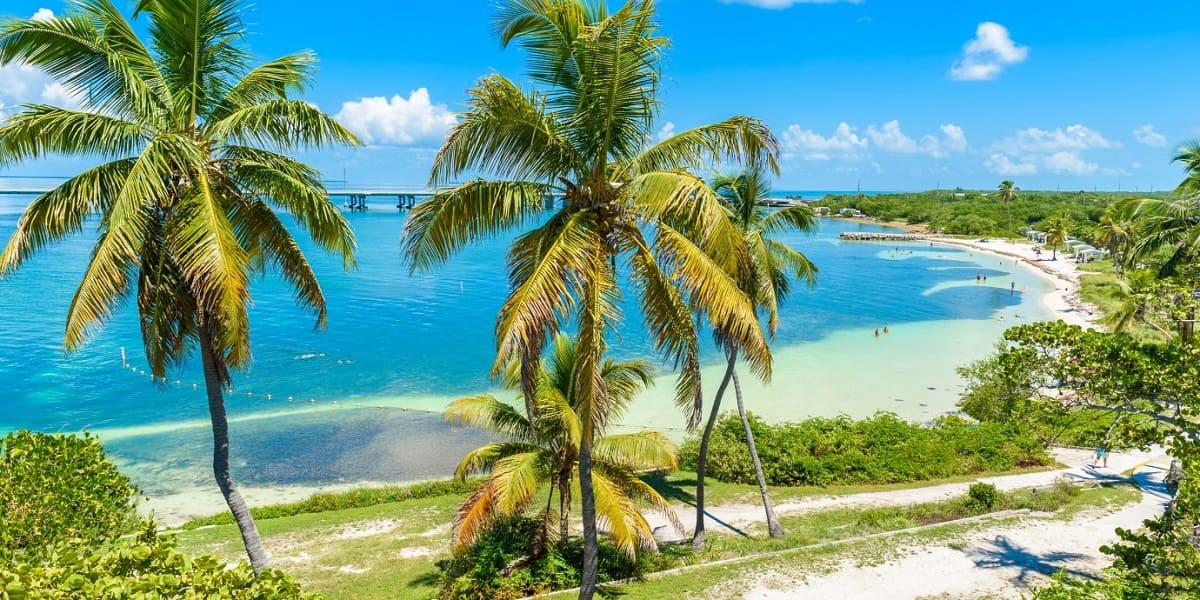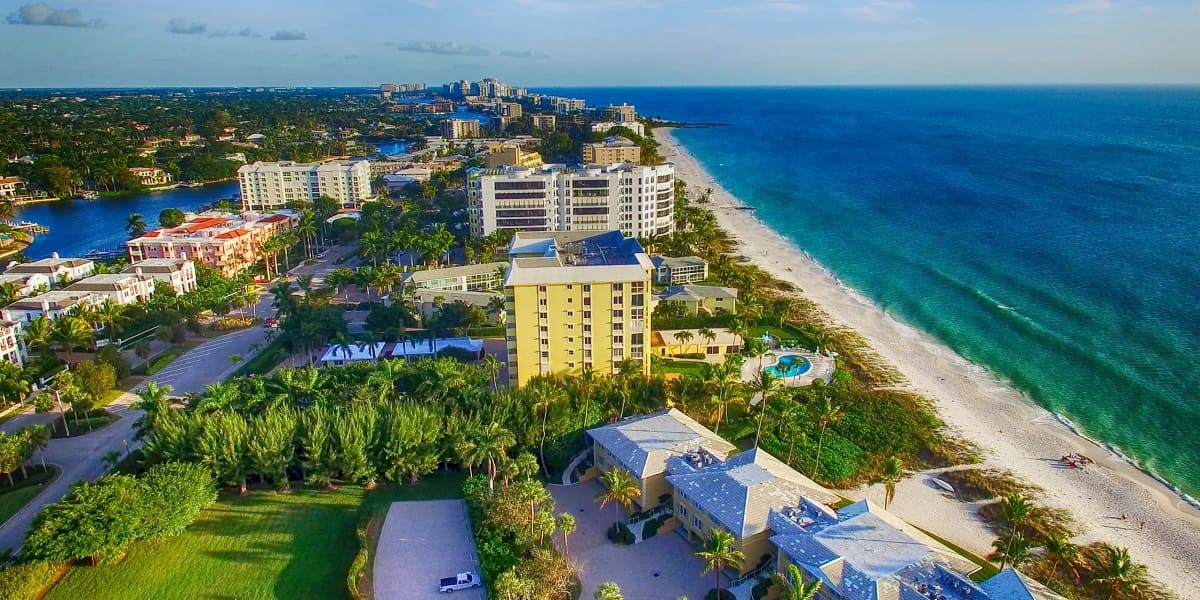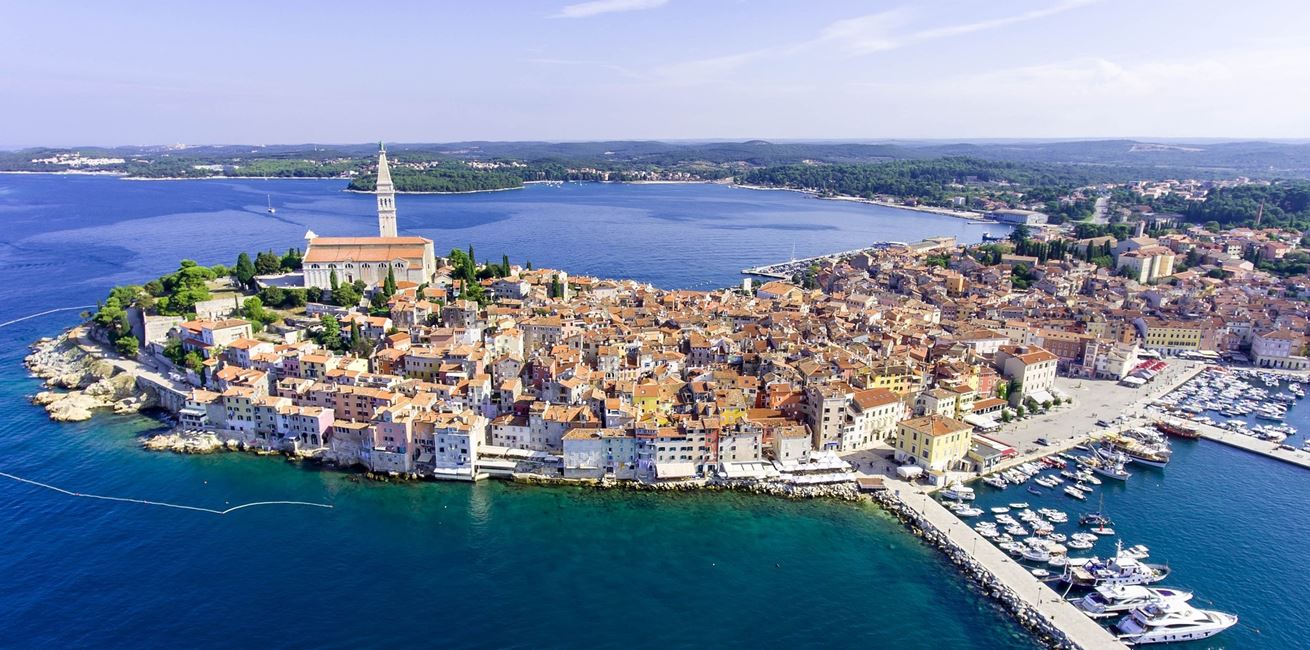Home>Weather and Climate>Average Temperature In Jacksonville, Florida: Climate And Weather Information
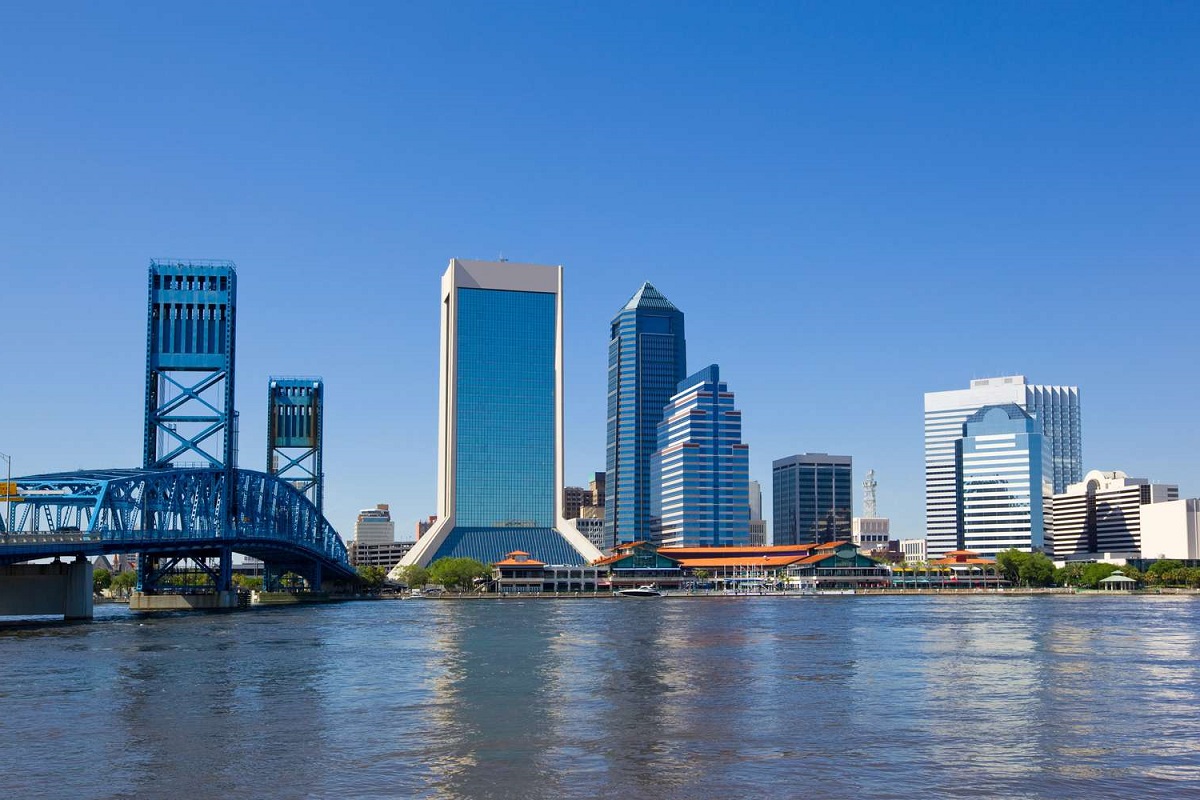

Weather and Climate
Average Temperature In Jacksonville, Florida: Climate And Weather Information
Published: March 2, 2024
Discover the average temperature in Jacksonville, Florida and get detailed weather and climate information for your trip or relocation. Plan ahead with our comprehensive climate guide.
(Many of the links in this article redirect to a specific reviewed product. Your purchase of these products through affiliate links helps to generate commission for Temperatures.com, at no extra cost. Learn more)
Table of Contents
Introduction
Jacksonville, Florida, is a city known for its diverse climate and captivating weather patterns. Situated in the northeastern part of the state, Jacksonville experiences a unique blend of climatic influences, resulting in a fascinating tapestry of temperatures throughout the year. From the balmy heat of summer to the mild winters, the city's climate offers a rich tapestry of experiences for residents and visitors alike.
In this article, we will delve into the average temperature in Jacksonville, Florida, exploring the climate and weather information that shapes the city's atmospheric conditions. By examining the seasonal weather patterns, historical average temperatures, and the factors influencing temperature variations, we aim to provide a comprehensive understanding of Jacksonville's temperature dynamics. Whether you're a local resident or a curious traveler, gaining insights into the city's temperature trends can enhance your appreciation of its natural environment and help you plan your activities accordingly.
Join us as we embark on a journey through the atmospheric nuances of Jacksonville, Florida, and uncover the factors that contribute to its distinctive temperature profile. Let's unravel the mysteries of the city's climate and weather, shedding light on the average temperature variations that define its meteorological character.
Climate of Jacksonville, Florida
Jacksonville, Florida, boasts a humid subtropical climate, characterized by its distinct seasonal variations and moderate temperatures. Situated in the southeastern United States, the city experiences a unique interplay of climatic influences, shaping its atmospheric conditions throughout the year. The proximity to the Atlantic Ocean and the St. Johns River significantly impacts Jacksonville's climate, contributing to its characteristic humidity and weather patterns.
During the summer months, Jacksonville is enveloped in warm, humid air, with average high temperatures ranging from the upper 80s to low 90s Fahrenheit (around 31-34 degrees Celsius). The subtropical climate brings frequent afternoon thunderstorms, providing relief from the heat and adding to the city's lush greenery. In contrast, winters in Jacksonville are relatively mild, with average high temperatures in the 60s and 70s Fahrenheit (15-24 degrees Celsius). While frost is rare, occasional cold fronts can bring cooler temperatures, offering a pleasant respite from the summer heat.
The city's climate is also influenced by its coastal location, which moderates temperature extremes. The Atlantic Ocean acts as a thermal regulator, mitigating the intensity of both summer heat and winter cold. Additionally, the St. Johns River, one of the few rivers in North America that flows north, exerts a localized influence on Jacksonville's climate, contributing to the city's unique weather dynamics.
The subtropical climate of Jacksonville also supports a rich diversity of flora and fauna, with an abundance of plant species thriving in the region's favorable growing conditions. The city's climate fosters the growth of iconic Southern live oak trees, vibrant azaleas, and a variety of subtropical plants, adding to the visual allure of Jacksonville's natural landscape.
Overall, the climate of Jacksonville, Florida, embodies the essence of a subtropical paradise, offering a harmonious blend of warmth, humidity, and seasonal variations. Whether basking in the summer sun or enjoying the mild winters, residents and visitors alike can appreciate the city's inviting climate, which serves as a defining feature of Jacksonville's allure.
Seasonal Weather Patterns
Jacksonville, Florida, experiences distinct seasonal weather patterns that contribute to the city's atmospheric diversity. Each season brings its own unique characteristics, shaping the outdoor experiences and influencing the daily lives of residents and visitors. Let's embark on a journey through the seasonal weather patterns of Jacksonville, delving into the nuances of each period throughout the year.
Spring
As spring unfolds in Jacksonville, the city comes alive with a burst of vibrant colors and rejuvenating warmth. The season typically begins in March and extends through May, heralding the arrival of blooming flowers and mild temperatures. Average high temperatures during spring range from the upper 70s to low 80s Fahrenheit (around 25-28 degrees Celsius), creating an inviting environment for outdoor activities. Springtime in Jacksonville is characterized by refreshing breezes and the emergence of new foliage, making it an ideal period for exploring the city's parks, gardens, and nature trails.
Summer
The summer season in Jacksonville brings forth a symphony of heat, humidity, and afternoon thunderstorms. From June to August, the city experiences warm, sultry days with average high temperatures reaching the upper 80s to low 90s Fahrenheit (around 31-34 degrees Celsius). The subtropical climate contributes to the prevalence of afternoon thunderstorms, which punctuate the days with refreshing downpours and dramatic lightning displays. Despite the occasional storms, summer in Jacksonville offers ample opportunities for beach outings, water sports, and outdoor festivals, allowing residents and visitors to savor the energetic ambiance of the season.
Fall
As summer transitions into fall, Jacksonville undergoes a captivating transformation marked by milder temperatures and a tapestry of autumnal hues. From September to November, average high temperatures gradually decrease to the upper 70s and low 80s Fahrenheit (around 25-28 degrees Celsius), creating a comfortable and inviting atmosphere. The arrival of fall brings a sense of anticipation, as residents eagerly embrace outdoor gatherings, fall foliage drives, and seasonal events. Jacksonville's parks and nature reserves become adorned with the warm colors of autumn, offering picturesque settings for leisurely strolls and nature appreciation.
Winter
Winter in Jacksonville is a time of relative tranquility, characterized by mild temperatures and occasional cool spells. From December to February, average high temperatures range from the 60s to 70s Fahrenheit (15-24 degrees Celsius), providing a pleasant contrast to the summer heat. While frost is rare, the city may experience brief periods of cooler weather, inviting residents to savor the crisp air and engage in outdoor activities without the intensity of summer heat. Winter in Jacksonville offers a serene ambiance, making it an ideal season for exploring the city's cultural attractions, waterfront promenades, and culinary delights.
In essence, the seasonal weather patterns of Jacksonville, Florida, paint a vivid portrait of the city's atmospheric diversity. From the vibrant blooms of spring to the tranquil charm of winter, each season contributes to the city's allure, offering a rich tapestry of experiences for all to enjoy.
Historical Average Temperatures
The historical average temperatures of Jacksonville, Florida, provide valuable insights into the city's climatic trends and temperature variations over time. By examining the temperature records spanning several decades, we can gain a deeper understanding of the city's meteorological history and the patterns that have shaped its atmospheric profile.
In Jacksonville, historical temperature data reveals a compelling narrative of seasonal fluctuations and long-term trends. The city's summers have exhibited a consistent pattern of warm temperatures, with average highs ranging from the upper 80s to low 90s Fahrenheit (around 31-34 degrees Celsius). These sustained high temperatures underscore the subtropical nature of Jacksonville's climate, highlighting the city's reputation as a summer destination with abundant sunshine and warmth.
Conversely, the winter months in Jacksonville have maintained a mild and inviting character, with average high temperatures in the 60s and 70s Fahrenheit (15-24 degrees Celsius). This historical trend reflects the city's reputation for offering a pleasant winter retreat, where residents and visitors can enjoy outdoor activities without the harshness of colder climates.
Furthermore, historical temperature data allows us to discern notable fluctuations and anomalies that have punctuated Jacksonville's climate over the years. From occasional heatwaves to rare cold snaps, these deviations from the historical averages provide valuable context for understanding the city's resilience in the face of varying weather extremes.
The historical average temperatures of Jacksonville, Florida, serve as a testament to the city's climatic stability and its ability to offer a diverse range of temperature experiences throughout the year. By delving into the temperature records of the past, we can appreciate the enduring appeal of Jacksonville's climate and gain a deeper appreciation for the atmospheric dynamics that define the city's meteorological identity.
Factors Affecting Temperature
The average temperature in Jacksonville, Florida, is influenced by a myriad of factors that contribute to the city's climatic nuances and temperature variations. Understanding these influential elements provides valuable insights into the dynamics of Jacksonville's atmospheric conditions and the forces that shape its temperature profile.
-
Geographical Location: Jacksonville's proximity to the Atlantic Ocean and the St. Johns River plays a pivotal role in modulating its temperature. The maritime influence of the ocean mitigates temperature extremes, contributing to the city's moderate climate. Additionally, the St. Johns River exerts a localized impact, influencing temperature patterns in the immediate vicinity and contributing to the city's unique microclimate.
-
Latitude and Solar Incidence: Jacksonville's position at a subtropical latitude results in varying solar incidence throughout the year. The angle of the sun's rays changes with the seasons, affecting the amount of solar energy received and consequently influencing temperature patterns. This interplay of solar incidence and latitude contributes to the seasonal temperature fluctuations experienced in Jacksonville.
-
Urbanization and Heat Islands: Urban areas within Jacksonville can exhibit higher temperatures compared to surrounding rural areas, a phenomenon known as the urban heat island effect. The presence of concrete structures, asphalt surfaces, and reduced vegetation can lead to increased heat retention, elevating temperatures within urbanized zones. This localized impact of urbanization underscores the importance of considering human activities in assessing temperature variations.
-
Topography and Land Use: The topographical features and land use within Jacksonville contribute to temperature differentials across the city. Areas with varying elevations, such as coastal regions and inland areas, may experience distinct temperature gradients. Furthermore, land use practices, including deforestation and urban development, can influence local temperature patterns, highlighting the interconnectedness of human activities and temperature dynamics.
-
Weather Systems and Air Masses: The movement of weather systems and air masses significantly influences Jacksonville's temperature fluctuations. The interaction of maritime tropical air masses from the Atlantic Ocean and continental air masses from the interior regions contributes to the city's diverse weather patterns. The arrival of frontal systems, such as cold fronts and warm fronts, can bring abrupt changes in temperature, shaping the city's meteorological landscape.
-
Climate Change and Variability: The overarching influence of climate change and variability cannot be overlooked when examining temperature trends in Jacksonville. Long-term shifts in global climate patterns, including rising average temperatures and altered precipitation regimes, have the potential to impact Jacksonville's climate in the future. Understanding the implications of climate change is essential for assessing the city's temperature dynamics and preparing for potential shifts in the long-term climate outlook.
In essence, the average temperature in Jacksonville, Florida, is subject to a complex interplay of geographical, meteorological, and anthropogenic factors. By recognizing the multifaceted influences that shape the city's temperature, we gain a deeper appreciation for the intricate tapestry of Jacksonville's climate and the diverse forces that contribute to its atmospheric character.
Conclusion
In conclusion, the average temperature in Jacksonville, Florida, reflects the city's captivating blend of subtropical climate, seasonal weather patterns, and historical temperature trends. From the balmy embrace of summer to the mild tranquility of winter, Jacksonville's atmospheric dynamics offer a rich tapestry of temperature experiences throughout the year. The city's geographical location, influenced by the Atlantic Ocean and the St. Johns River, plays a pivotal role in shaping its climate, contributing to its moderate temperatures and diverse weather patterns.
The seasonal weather patterns of Jacksonville, characterized by the vibrant blooms of spring, the sultry heat of summer, the enchanting hues of fall, and the serene ambiance of winter, create a symphony of atmospheric diversity. Each season brings its own allure, inviting residents and visitors to savor the distinct flavors of Jacksonville's climate and engage in a myriad of outdoor activities.
Examining the historical average temperatures of Jacksonville unveils a compelling narrative of climatic stability and seasonal fluctuations. The city's summers consistently exude warmth and sunshine, while its winters maintain a mild and inviting character, offering a harmonious balance of temperature experiences.
Furthermore, the factors influencing temperature variations in Jacksonville, including geographical location, solar incidence, urbanization, topography, weather systems, and climate change, underscore the intricate interplay of natural and anthropogenic forces that shape the city's atmospheric conditions. Understanding these influential elements provides valuable insights into the dynamics of Jacksonville's temperature profile and the interconnectedness of environmental factors.
In essence, the average temperature in Jacksonville, Florida, is a testament to the city's climatic allure and its ability to offer a diverse range of temperature experiences. Whether basking in the warmth of summer, reveling in the colors of fall, or embracing the tranquility of winter, Jacksonville's climate invites all to appreciate the beauty of its atmospheric nuances. By unraveling the mysteries of the city's climate and weather, we gain a deeper appreciation for the atmospheric dynamics that define Jacksonville's meteorological identity.
